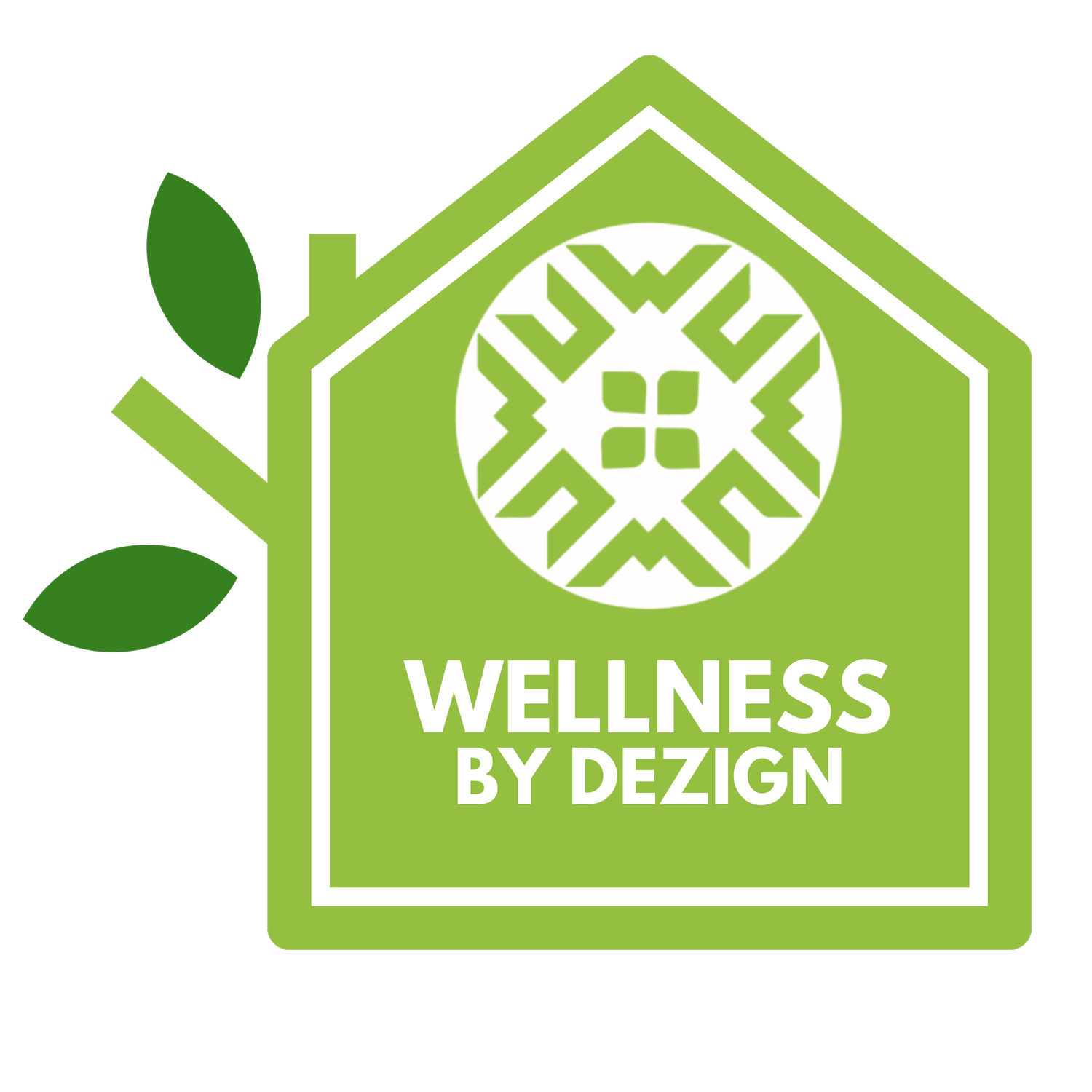Healthier Wall Board
Wallboard (aka drywall, sheetrock, gypsum board) is a common building material and is typically found in every home and commercial building in the United States. However it can contain a variety of materials that can be hazardous to human health.
You may remember during the construction boom in the early 2000’s, “Chinese drywall” was imported by the United States because of a shortage of American-made drywall due to the rebuilding demand of multiple hurricanes that hit Florida and Louisiana between 2004 to 2007.
“Chinese Drywall” was contaminated with carbon disulfide, carbonyl sulfide, and hydrogen sulfide; chemicals from unrefined fly-ash from coal burning that off-gassed and affected over 100,000 residential homes in more than 20 states. Worse, the VOC’s from “Chinese Drywall” caused multiple health problems for thousands of homeowners.
Today, some wall board can still harbor materials that can pose health issues. Pre-consumer recycled gypsum (aka synthetic gypsum or flue gas desulfurization ) is marketed as being a recycled, sustainable, and lower embodied carbon option. However, flue gas desulfurization (FGD) gypsum relies on a type of fly ash, the same byproduct in Chinese Drywall. The fly-ash can also contain residuals of toxic heavy metals like mercury.
According to the Healthier Materials Lab at Parson’s School in NYC, wall board should contain healthier alternatives like clay and magnesium oxide as they do not contain fly ash or virgin gypsum. Adding biocides to both natural or synthetic wallboards can also be used for mold and mildew resistance but careful with these chemicals
Asking for ingredient disclosure or a Declare Label for these alternatives is very important when building or renovating a healthy home.
Below is ‘Spec Guidance’ from the Healthier Materials Lab
Prefer drywall with the highest proportion of natural gypsum and the lowest proportion of flue gas desulfurization (FGD) synthetic gypsum, which has been shown to release large amounts of mercury into the environment during the material's production.
Prefer alternative wallboards such as magnesium oxide or clay boards.
Advocate for ingredient disclosure preferably an HPD (Health Product Declaration)
Separate gypsum debris for proper recycling at the building site (Building Product Ecosystems).
Opt for strawboard alternatives using high heat and pressure to convert lignin in the straw into a natural binder (Building Green).
Avoid Magnesium Oxide Boards containing fiberglass except used as a reinforcing mesh layer providing structural strength.
Prefer products with take-back/recycling programs or other sustainable end-of-life practices.
Ensure good protection during installation even when using non-toxic wallboards to avoid particulate inhalation.
Below is just a partial list of safer, healthier Wall Boards. Visit Parson’s Materials Lab for more information.
Tectum Direct-Attach Wall Panels - made from fiber of the Wisconsin Aspen tree, a rapidly renewable resource that is FSC certified and natural minerals. Panels come in a 1" thickness, painted or non-painted. This product is BioPreferred certified as having 98% biobased content and is Greenguard Gold certified.
Gold Bond Gypsum Board by the National Gypsum Company - are panels that are a lightweight and cost-effective wall material. Their gypsum core (which is naturally fire resistant) is encased in 100% recycled paper on the face and back sides. This product is also Greenguard Gold Certified, meaning it meets strict standards for VOC and Formaldehyde emissions.
MagPanel® - Ambient Building Product's MagPanel® MgO board is a healthier alternative to gypsum or cement board. This product is made of magnesium oxide, a naturally occurring mineral that makes the product naturally fire and mold resistant and impervious to insects. The product is commonly used for sheathing walls and ceilings.
Magnum Board MgO is a mineral-based sheathing board with comparable uses to gypsum panels or cement boards. The ingredient magnesium oxide makes the product naturally fire and mold resistant and impervious to insects. It is free of added formaldehyde. Per Manufacturer, perlite and wood fiber are used to reduce density and strengthen the board. Magnum Board is produced at ambient temperatures which can contribute to a lower embodied carbon footprint.
Timber-Straw Panel by Ecococon is a wall panel made of straw and timber that is condensed per a special straw pressing technique. The result is a product used for wall sheathing. In combination with the appropriate wall finishes, this wallboard panel is Passivhaus certified. It is Cradle-to-Cradle Silver certified.
Lemix® Clay Panel are a healthier alternative for any type of drywall construction. Being made of 100% natural materials, clay panels are naturally mold resistant, eliminating the need for harmful biocides. Due to being made from clay, they can regulate humidity and heat while absorbing VOCs, pollutants, and odors. They can be compostable and recyclable.

